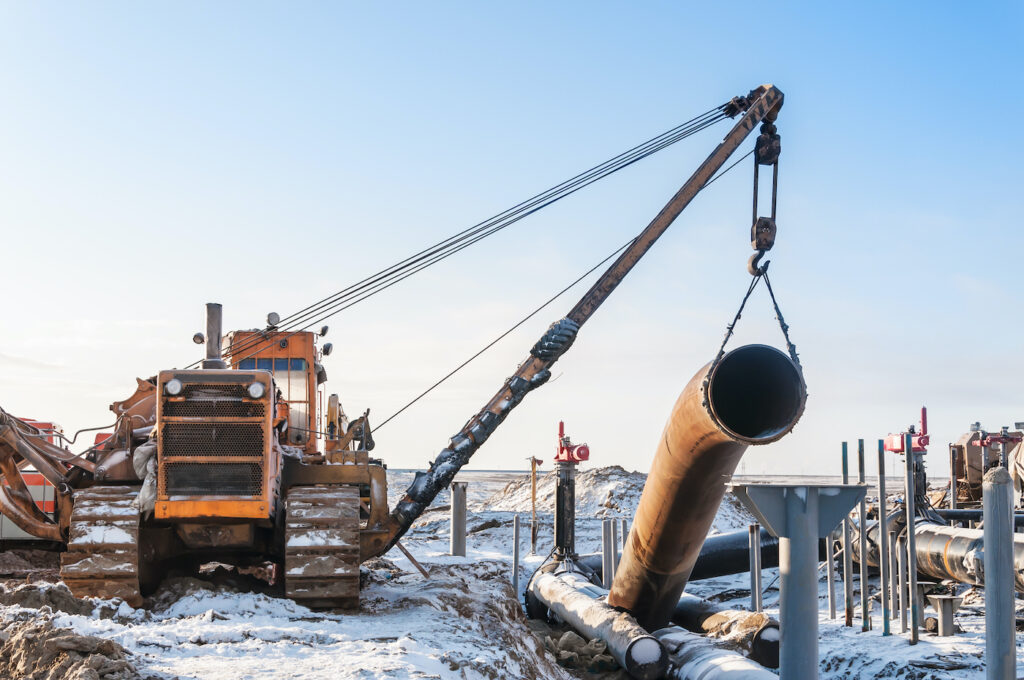Canada’s extensive pipeline network plays a crucial role in the country’s energy sector, transporting oil, gas, and other resources across vast distances. At the same time, steel buildings have emerged as a preferred choice for housing pipeline-related infrastructure due to their durability, cost-effectiveness, and sustainability. Together, they form the backbone of Canada’s industrial growth and energy reliability.
This blog explores the significance of Canada pipelines, the role of steel buildings in pipeline infrastructure, and how this combination fosters sustainable development.
Canada Pipelines: A Vital Energy Network
Canada is home to one of the largest pipeline systems in the world, essential for connecting energy producers to global markets. These pipelines span thousands of kilometers, delivering resources safely and efficiently.
Why Are Pipelines Important?
- Economic Growth: Pipelines contribute billions to Canada’s GDP by supporting the energy sector.
- Energy Security: They ensure a stable supply of energy for domestic and international needs.
- Environmental Advantage: Compared to rail or truck transportation, pipelines have a smaller carbon footprint.
Despite controversies surrounding environmental concerns, advancements in technology and regulations have enhanced pipeline safety, making them a cornerstone of Canada’s energy strategy.

The Role of Steel Buildings in Pipeline Infrastructure
Steel buildings play an indispensable role in supporting the pipeline industry. From housing equipment to serving as control centers, these structures ensure the seamless operation of pipeline networks.
Key Advantages of Steel Buildings in Pipeline Projects
- Durability: Steel structures withstand harsh Canadian climates, from freezing winters to heavy snowfall.
- Customizability: Steel buildings can be tailored to specific requirements, whether for storage or administrative purposes.
- Cost-Effectiveness: Prefabricated steel buildings reduce construction time and labor costs.
- Sustainability: Steel is recyclable, making it a green choice for eco-conscious projects.
Canada Pipelines and Sustainability: A Balanced Approach
The energy sector faces increasing pressure to adopt sustainable practices. Pipelines and steel buildings together offer a balanced approach to infrastructure development with reduced environmental impact.
How Sustainability is Achieved:
- Energy Efficiency: Pipelines minimize energy consumption during transportation compared to alternatives.
- Eco-Friendly Steel: Using recycled steel in building projects reduces resource extraction.
- Integrated Solutions: Smart steel buildings with solar panels or insulation lower energy use.
By prioritizing these measures, Canada’s energy and construction sectors align with global sustainability goals.
Challenges and Opportunities in the Pipeline Sector
Challenges:
- Environmental Concerns: Pipeline construction can impact ecosystems.
- Public Opposition: Some communities oppose pipeline projects due to safety risks.
- Regulatory Hurdles: Compliance with evolving standards can delay projects.
Opportunities:
- Technological Advancements: Innovations like leak detection systems enhance pipeline safety.
- Green Initiatives: Pairing pipelines with renewable energy sources opens new possibilities.
- Steel Construction Boom: Rising demand for durable and efficient infrastructure boosts steel building adoption.
Case Study: A Perfect Union of Pipelines and Steel Buildings
Consider a pipeline project in Western Canada. The construction team chose prefabricated steel buildings to house pumping stations, storage facilities, and administrative offices. This decision reduced costs, accelerated timelines, and minimized environmental disruption.
The use of pipelines for resource transportation and steel buildings for supporting infrastructure demonstrates how thoughtful planning can achieve economic and environmental goals.
Future Outlook for Canada Pipelines and Steel Buildings
Canada’s pipeline infrastructure will undergo continual evolution as the demand for energy increases and sustainability takes center stage. Canada pipelines will heavily rely on steel buildings, which provide both a practical and environmentally friendly solution to support this growth.
Trends to Watch:
- Increased use of renewable energy in steel building construction.
- Integration of AI for monitoring pipeline and building performance.
- Development of hybrid pipelines incorporating green technologies.
Conclusion
Canada pipelines and steel buildings are an integral part of the nation’s industrial landscape. Together, they form a robust and sustainable framework for energy transportation and infrastructure development. As Canada embraces innovation and sustainability, the synergy between pipelines and steel buildings will continue to drive economic growth and environmental progress.


